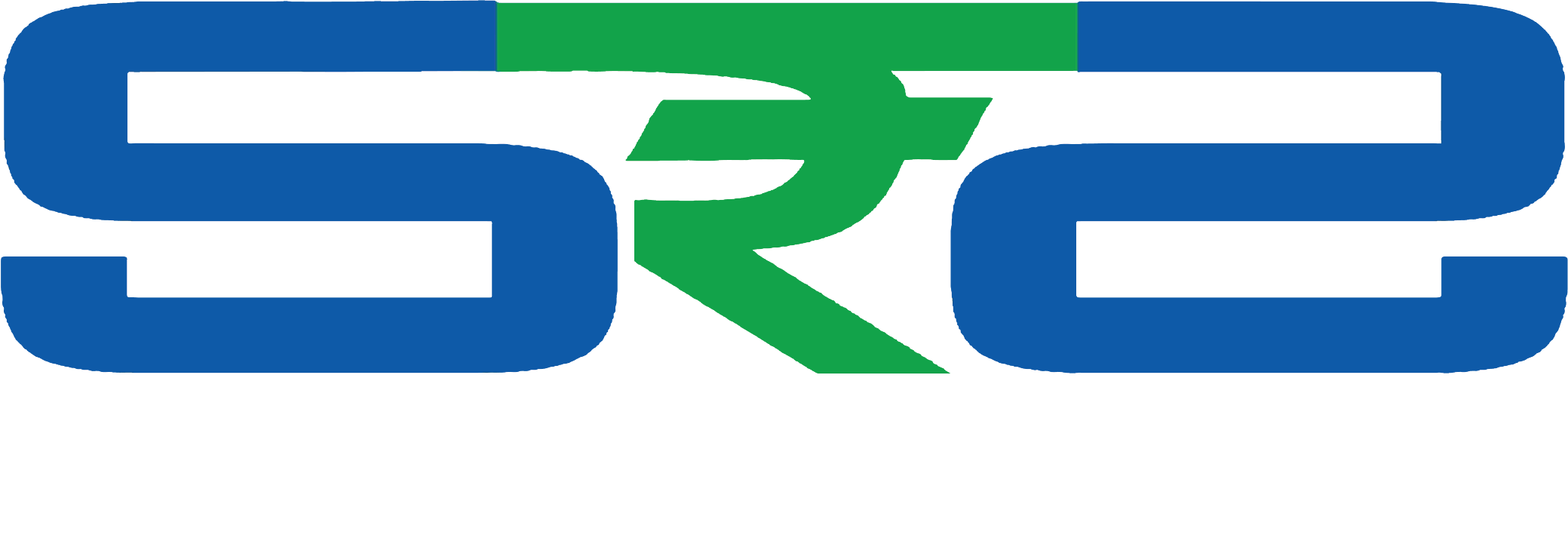What is Invoice Financing?
Invoice financing is a way for businesses to borrow money against the amounts due from customers. Invoice financing helps businesses improve cash flow, pay employees and suppliers, and reinvest in operations and growth earlier than they could if they had to wait until their customers paid their balances in full. Businesses pay a percentage of the invoice amount to the lender as a fee for borrowing the money. Invoice financing can solve problems associated with customers taking a long time to pay as well as difficulties obtaining other types of business credit.
Invoice financing is also known as “accounts receivable financing” or simply “receivables financing.”
When businesses sell goods or services to large customers, such as wholesalers or retailers, they usually do so on credit. This means that the customer does not have to pay immediately for the goods that it purchases. The purchasing company is given an invoice that has the total amount due and the bill’s due date. However, offering credit to clients ties up funds that a business might otherwise use to invest or grow its operations. To finance slow-paying accounts receivable or to meet short-term liquidity, businesses may opt to finance their invoices.
Invoice financing is a form of short-term borrowing that is extended by a lender to its business customers based on unpaid invoices. Through invoice factoring, a company sells its accounts receivable to improve its working capital, which would provide the business with immediate funds that can be used to pay for company expenses.
The benefit of invoice financing is that the company doesn’t have to wait for accounts receivable to come and then start paying its employees, buy equipment, etc. They can do that as and when they get the money from the bank or lender.
Features
One important feature to understand in invoice financing is that if the company fails to make payment to the bank/lender, it can use the invoice as collateral. Invoice financing can be done in two distinct ways – one is factoring and the other one is discounting.
Factoring is an arrangement in wherein a company approaches a financier or a bank to sell unpaid invoice. The lender may pay up to 75 per cent of what the invoices are worth up-front to the company. If the lender receives full payment from customers, it will repay the balance amount less interest or other charges back to the company.
Discounting is a method in which the company could get as much as 90 per cent of what the invoices are worth. The only difference between factoring and discounting is that the business collects the payment from customers and then pays it back to the lender. When client(s) makes the payment to the company, it then repays it back to the lender or the bank minus the fee or interest.
